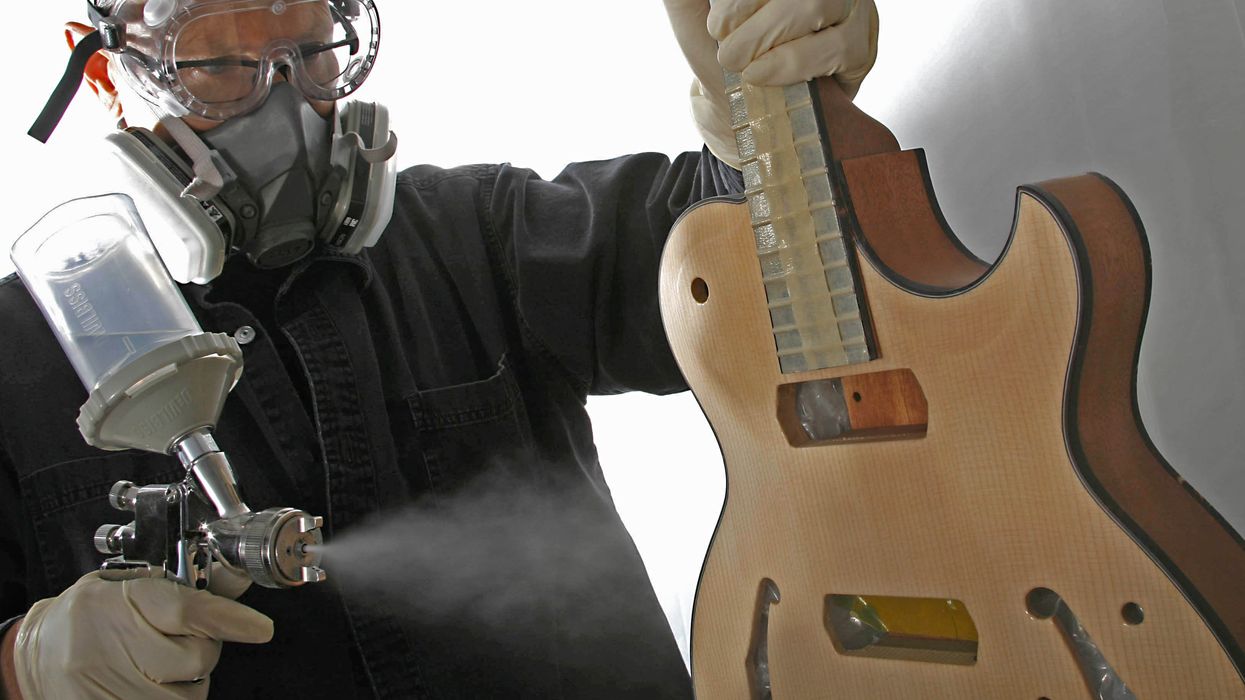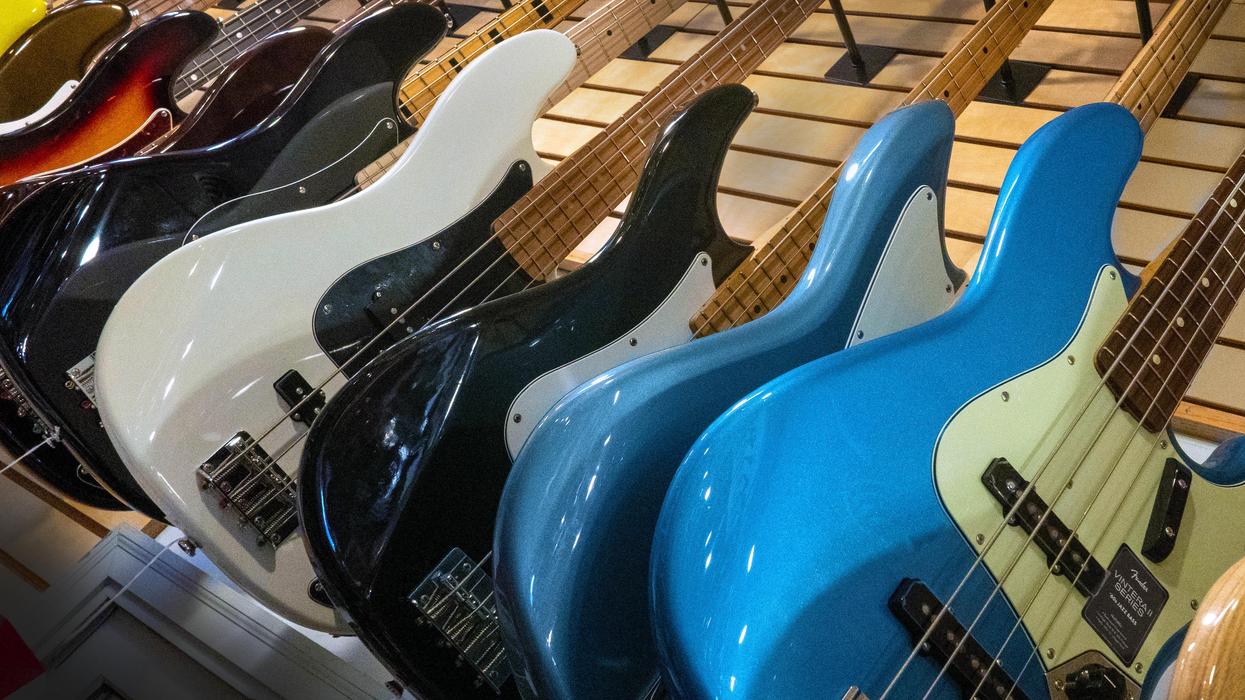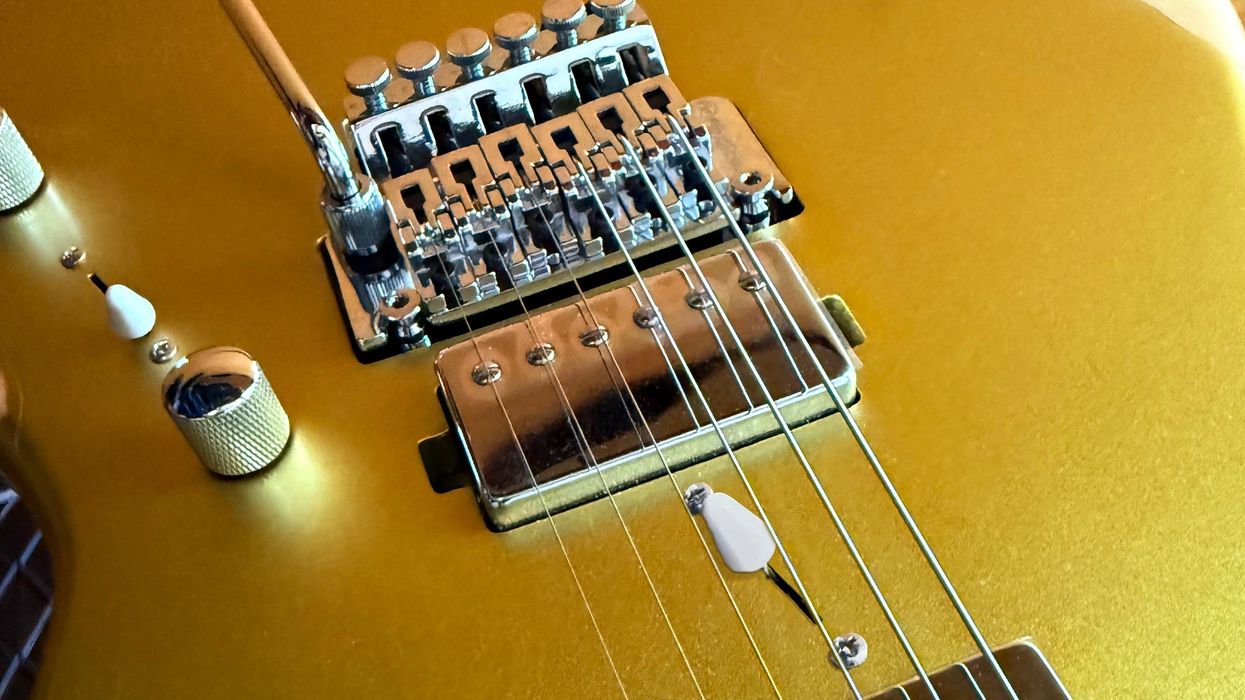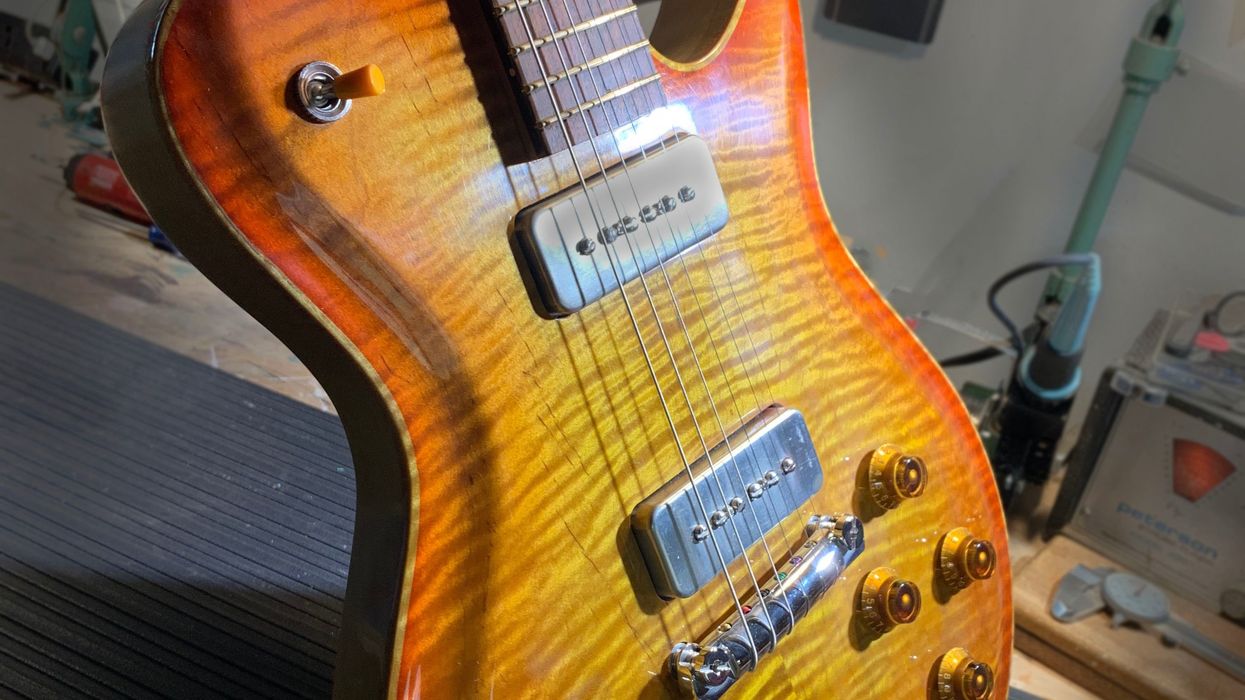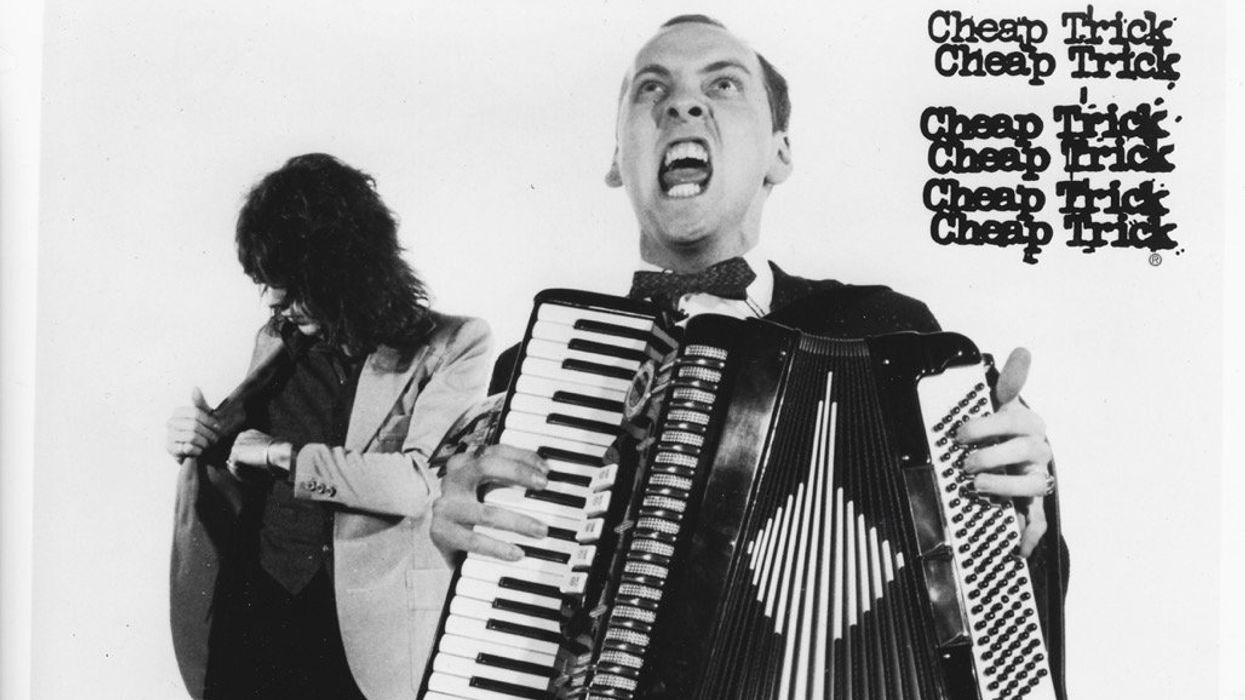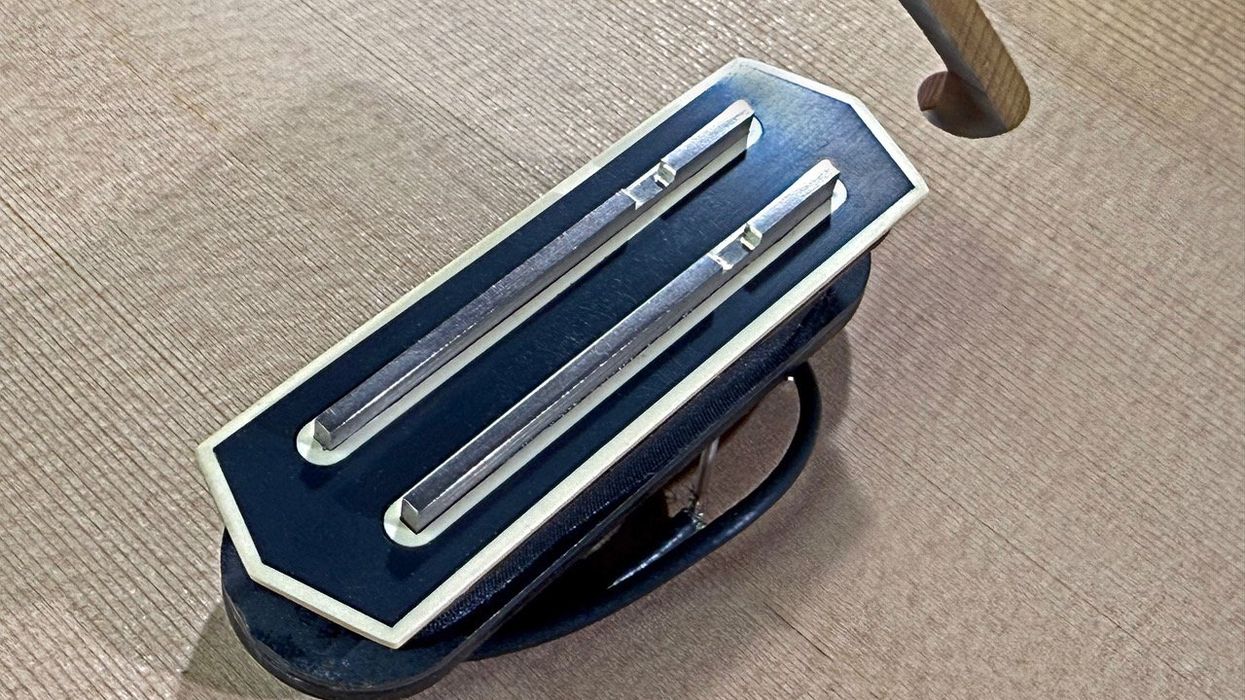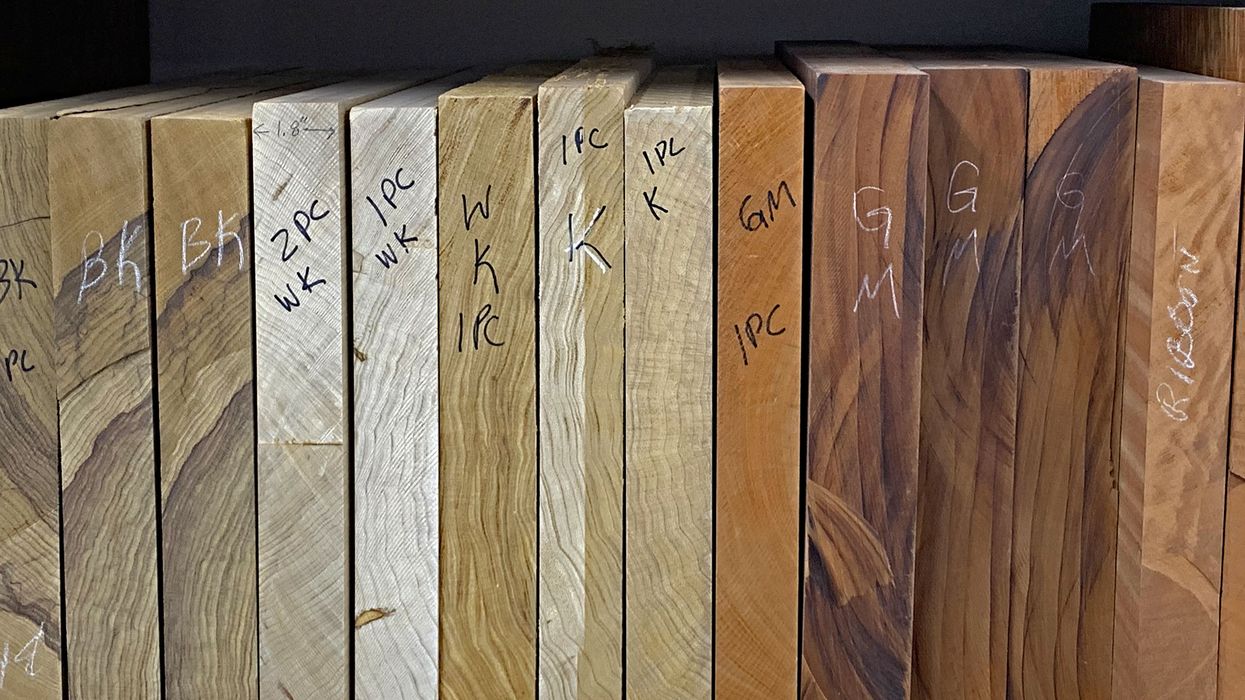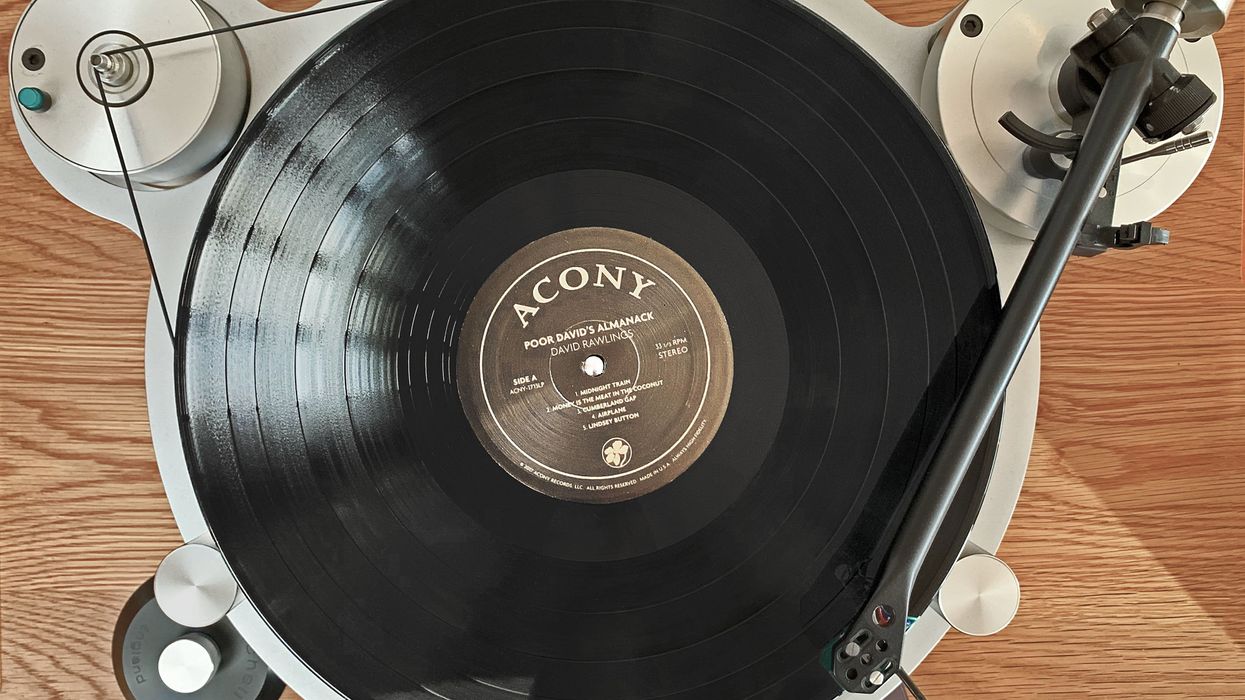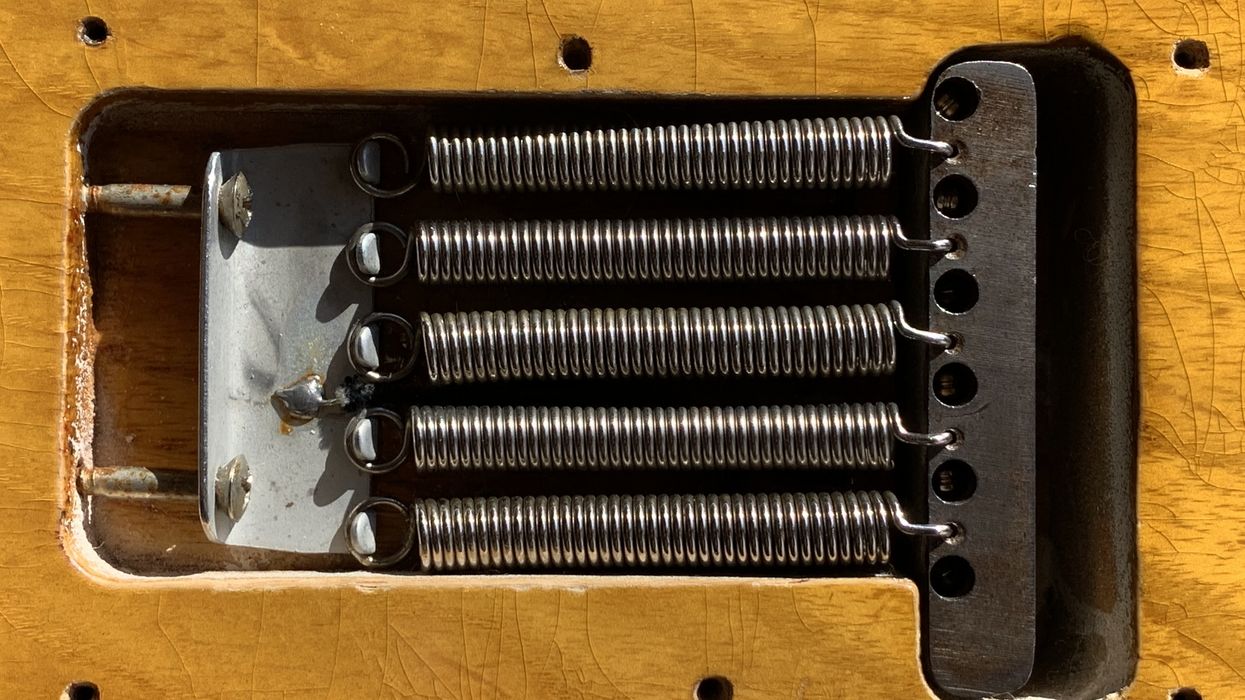There’s an allure to the sound and feel of a great electric guitar. Many of us believe those instruments have something special that speaks not just to the ear but to the soul, where every note, every nuance feels personal. As much as we obsess over the pickups, wood, and hardware, there’s a subtler, more controversial character at play: the role of the finish. It’s the shimmering outer skin of the guitar, which some think exists solely for protection and aesthetics, and others insist has a role influencing the voice of the instrument. Builders pontificate about how their choice of finishing material may enhance tone by allowing the guitar to “breathe,” or resonate unfettered. They throw around terms like plasticizers, solids percentages, and “thin skin” to lend support to their claims. Are these people tripping? Say what you will, but I believe there is another truth behind the smoke.
It’s the shimmering outer skin of the guitar, which some think exists solely for protection and aesthetics, and others insist has a role influencing the voice of the instrument. Builders pontificate about how their choice of finishing material may enhance tone by allowing the guitar to “breathe,” or resonate unfettered. They throw around terms like plasticizers, solids percentages, and “thin skin” to lend support to their claims. Are these people tripping? Say what you will, but I believe there is another truth behind the smoke.
Nitrocellulose lacquer, or “nitro,” has long been the finish of choice for vintage guitar buffs, and it’s easy to see why. Used by Fender, Gibson, and other legendary manufacturers from the 1950s through the 1970s, nitro has a history as storied as the instruments it’s adorned. Its appeal lies not just in its beauty but in its delicate nature. Nitro, unlike some modern finishes, can be fragile. It wears and cracks over time, creating a visual patina that tells the story of every song, every stage, every late-night jam session. The sonic argument goes like this: Nitro is thin, almost imperceptible. It wraps the wood like silk. The sound is unhindered, alive, warm, and dynamic. It’s as if the guitar has a more intimate connection between its wood and the player's touch. Of course, some call bullscheiße.
In my estimation, nitro is not just about tonal gratification. Just like any finish, it can be laid on thick or thin. Some have added flexibility agents (those plasticizers) that help resist damage. But as it ages, old-school nitro can begin to wear and “check,” as subtle lines weave across the body of the guitar. And with those changes comes a mellowing, as if the guitar itself is growing wiser with age. Whether a tonal shift is real or imagined is part of the mystique, but it’s undeniable that a nitro-finished guitar has a feel that harkens back to a romantic time in music, and for some that’s enough.
Enter the modern era, and we find a shift toward practicality—polyurethane and polyester finishes, commonly known as “poly.” These finishes, while not as romantic as nitro, serve a different kind of beauty. They are durable, resilient, and protective. If nitro is like a delicate silk scarf, poly is armor—sometimes thicker, shinier, and built to last. The fact that they reduce production times is a bonus that rarely gets mentioned. For the player who prizes consistency and durability, poly is a guardian. But in that protection, some say, comes a price. Some argue that the sound becomes more controlled, more focused—but less alive. Still, poly finishes have their own kind of charm. They certainly maintain that showroom-fresh look, and to someone who likes to polish and detail their prized possessions, that can be a big plus.
“With those changes comes a mellowing, as if the guitar itself is growing wiser with age.”
For those seeking an even more natural experience, oil and wax finishes offer something primal. These finishes, often applied by hand, mostly penetrate the wood as much as coating it, leaving the guitar’s surface nearly bare. Proponents of oil and/or wax finishes say these materials allow the wood to vibrate freely, unencumbered by “heavy” coatings. The theory is there’s nothing getting in the way—sort of like a nudist colony mantra. Without the protection of nitro or poly, these guitars may wear more quickly, bearing the scars of its life more openly. This can be seen as a plus or minus, I imagine.
My take is that finishes matter because they are part of the bond we have with our instruments. I can’t say that I can hear a difference, and I think a myth has sprouted from the acoustic guitar world where maybe you can. Those who remove their instrument’s finish and claim to notice a difference are going on memory for the comparison. Who is to say every component (including strings) went back together exactly the same? So when we think about finishes, we’re not just talking about tone—we’re thinking about the total connection between musician and instrument. It’s that perception that makes a guitar more than just wood and wire. The vibe makes it a living, breathing part of the music—and you.


